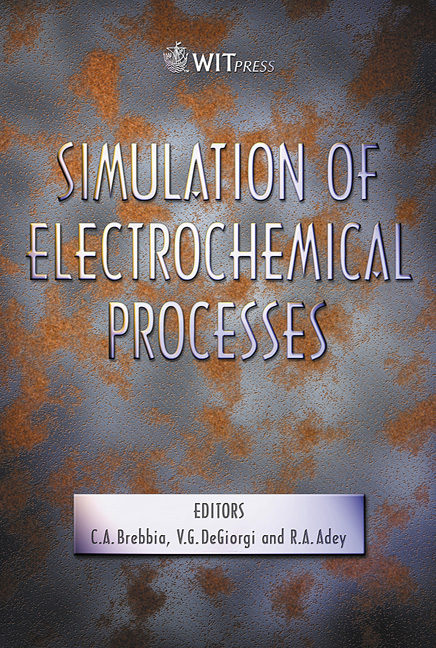Polarization Characteristics Of Geometrically Confined Spaces
Price
Free (open access)
Transaction
Volume
48
Pages
10
Published
2005
Size
988 kb
Paper DOI
10.2495/ECOR050071
Copyright
WIT Press
Author(s)
M. Krupa, E. J. Lemeiux, A. Lueng, E. A. Hogan, V. G. DeGiorgi & A. Seelinger
Abstract
With the advent and application of Impressed Current Cathodic Protection (ICCP) systems to confined spaces, the ability of an externally controlled ICCP system to effect sufficient cathodic protection to internal components is questionable. This paper seeks to evaluate the ability of ICCP systems to provide adequate corrosion control for confined and sensitive surfaces. Both a boundary element and a physical model were utilized to understand the effects of current distribution within a confined space, through a 1.27 mm gap. Initially, tests were performed to quantify polarization levels in a simplified parallel plate configuration. Then more complicated geometries and materials were modeled to effectively evaluate real world scenarios. Previous tests have determined that adequate cathodic polarization is achieved for simple and complex geometries at the increased driving voltages experienced with sacrificial anode systems. The results of this work provide evidence that adequate cathodic protection may be provided at controlling potentials more electropositive to conventional galvanic cathodic protection system. Keywords: confined, gap, cathodic protection, corrosion, impressed current. 1 Introduction Physical Scale Modeling (PSM) has been used extensively by the Naval Research Laboratory (NRL) to determine appropriate positioning and size of ICCP system components on Navy vessels [1]. Anode and controlling reference cell positions are determined by analysis of potential profiles collected from the
Keywords
confined, gap, cathodic protection, corrosion, impressed current.





